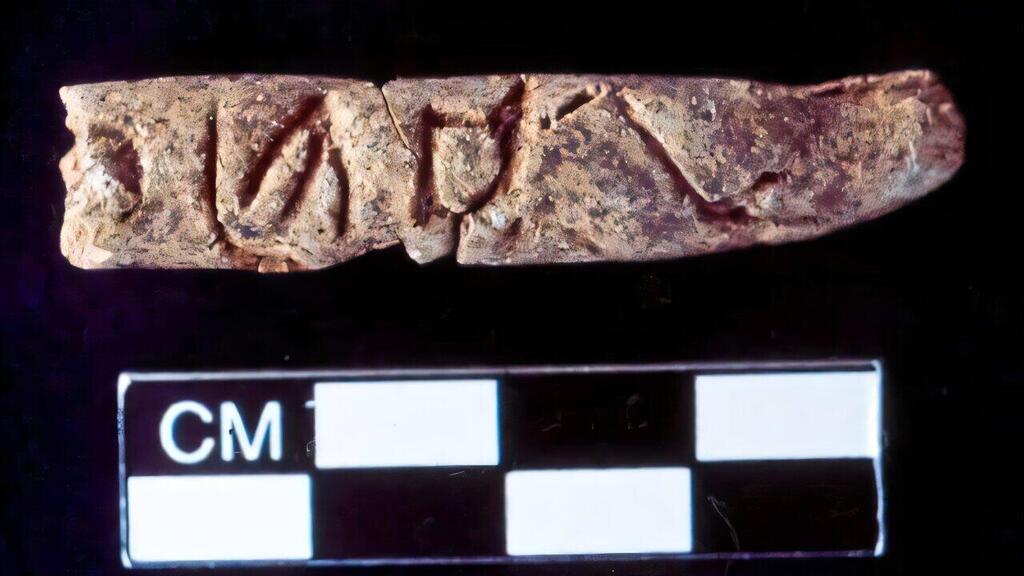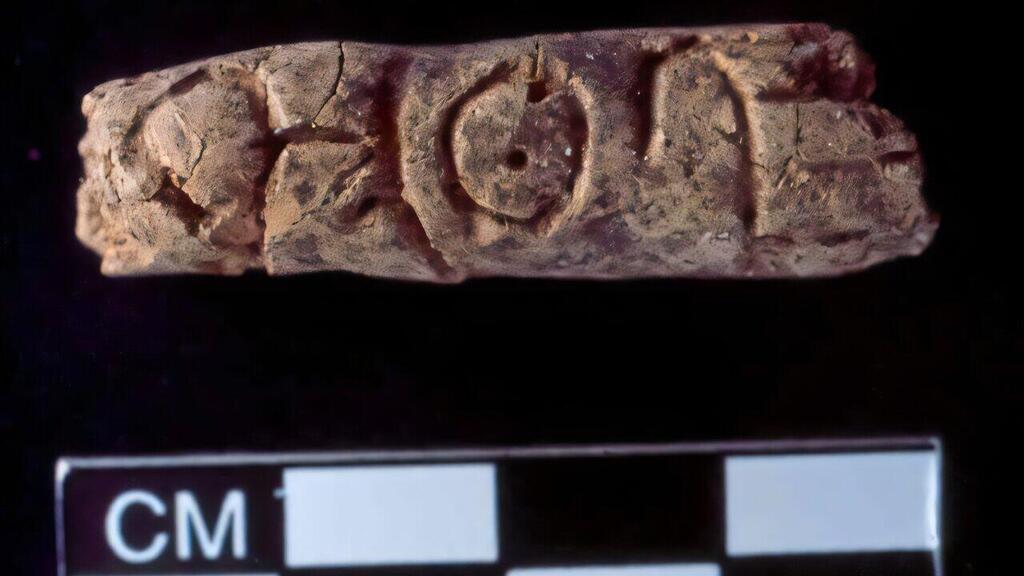Getting your Trinity Audio player ready...
Despite the ongoing devastation in Syria due to years of civil war, the country remains home to some of the world's most significant historical sites. While several of these landmarks, such as the UNESCO World Heritage Site of Palmyra, have suffered damage in the civil war, many ancient treasures have endured, preserving Syria's status as a cradle of archaeological wonders.
Recent excavations in Syria unearthed clay cylinders inscribed with what researchers believe is the oldest known alphabetic script in human history. Using radiocarbon dating, a technique based on the properties of the radioactive isotope carbon-14, scientists determined the inscriptions date back to approximately 2400 BCE—predating previous evidence of alphabetic writing by around 500 years.
This extraordinary discovery sheds new light on the development of alphabetic systems, how they spread across societies, and their implications for early urban cultures.
"The alphabet revolutionized writing by making it accessible beyond royalty and societal elites. It changed how people lived, thought and communicated," said Dr. Glenn Schwartz, an archaeologist from Johns Hopkins University and the lead researcher on the project. "Our findings reveal that people experimented with new communication technologies much earlier and in different locations than previously believed."
Schwartz studies the emergence of early urban centers in Syria and has focused on small cities in the region. Together with colleagues from the University of Amsterdam, he led a 16-year archaeological dig at Umm el-Marra, one of the earliest mid-sized urban centers in western Syria.
At Umm el-Marra, archaeologists uncovered tombs from the Early Bronze Age. One of the best-preserved tombs contained six skeletons, gold and silver jewelry, cooking utensils, a spearhead, and intact pottery. Near the pottery, they discovered four clay cylinders inscribed with what appeared to be alphabetic writing.
"The cylinders were perforated, suggesting they might have been tied to other objects and used as tags," explained Schwartz. "The inscriptions might describe the contents of a vessel, its origin, or its owner. Without being able to translate them, we can only speculate about their meaning."
Get the Ynetnews app on your smartphone: Google Play: https://bit.ly/4eJ37pE | Apple App Store: https://bit.ly/3ZL7iNv
Schwartz emphasized the significance of the find, noting that previous theories placed the invention of the alphabet in or near Egypt around 1900 BCE. "What we've uncovered is older and from a completely different region, suggesting the origin story of the alphabet could be far more complex than we imagined."



